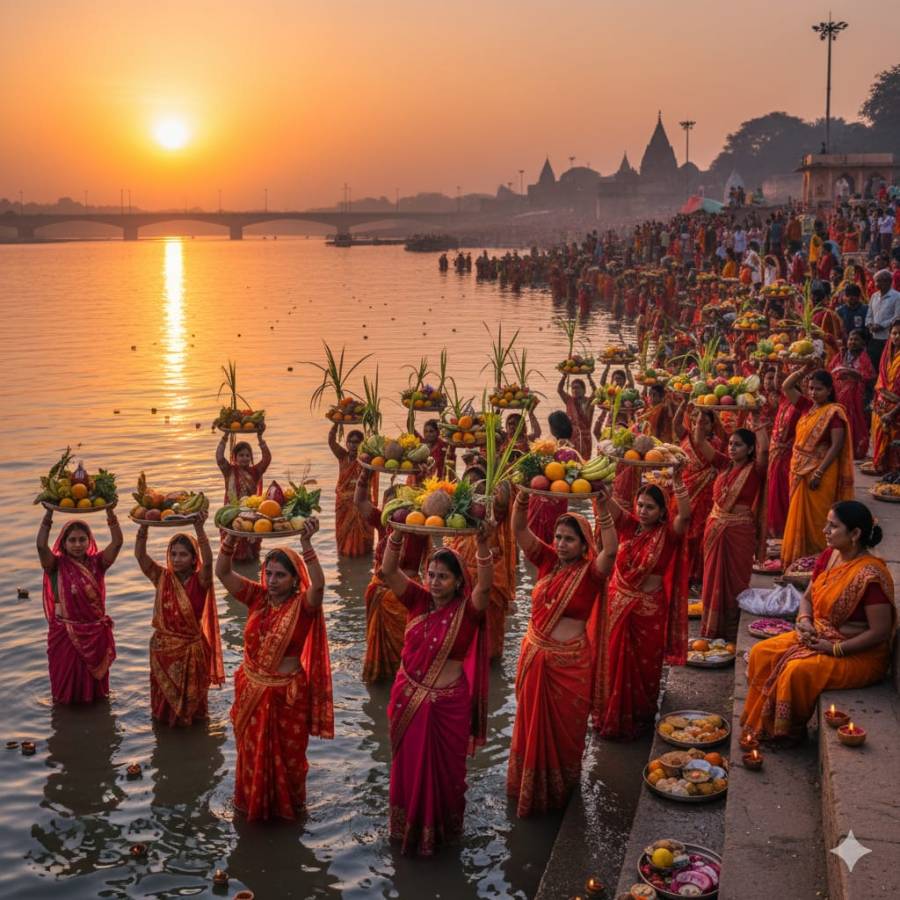
There are festivals that dazzle the eyes, and there are festivals that touch the soul. Chhath Puja belongs to the latter. It has no fireworks, no noise, and no grand stages. It is one of those rare celebrations that carry the fragrance of the soil and the humility of the people.
In Bihar, eastern Uttar Pradesh, and parts of Jharkhand and Nepal, Chhath Puja arrives quietly after Diwali’s glittering spectacle of spending. According to the traders' body CAIT, Diwali sales this year touched a record ₹6.05 lakh crore — the highest in India’s trading history, helped by GST rate cuts and demand for ‘swadeshi’ products. Against this backdrop of commercial celebration, Chhath enters without fanfare or commerce. It does not announce itself through advertisements or sponsorships. There are no banners of gods or godmen. Yet when it comes, it transforms everything. The rivers turn sacred, the air feels cleaner, and hearts begin to glow with an inner light.
A Festival of the Earth, Not of the Market
What sets Chhath apart from most Indian festivals is its honesty. It has not been captured by the market. There are no plastic decorations, designer clothes, or commercial sweets. Everything used in this puja comes from nature. The offerings are simple: coconuts, bananas, sugarcane, rice, and thekua, a homemade sweet made of flour, jaggery, and ghee.
There is something refreshing about this simplicity. It reminds us that devotion does not need to be expensive. The fruits and grains that go into the offering are grown in local fields. The bamboo baskets used to carry them are made by village craftsmen. Even the lamps that light the ghats are filled with mustard oil. Nothing comes from shopping malls or online orders.
It is, in many ways, a festival that has escaped the grip of consumerism. It teaches that worship can be pure when it is close to the earth.
No Temples, No Priests, No Great Men
Most festivals in India are tied to gods, temples, or great human beings. Chhath Puja is not. It is not about the birth of a deity or the victory of a warrior. There is no central figure to glorify. It is a people’s festival in the truest sense.
There are no religious leaders or priests guiding the rituals. Every devotee knows what to do, because the tradition is passed down through families, not through scriptures. A mother teaches her daughter how to fast, what to cook, and when to offer prayers to the setting and rising Sun. No one needs a priest to interpret divine language. In Chhath, every individual becomes their own priest.
That is perhaps its greatest strength. It strips religion of its hierarchy. There are no high and low castes, no barriers of education or wealth. Anyone can stand in the water, fold their hands, and pray to the Sun. The divine does not discriminate, and neither does this festival.
The Religion of Equality
In a country where temples still deny entry to certain castes, Chhath Puja is an open door. It is the one festival where caste, creed, and class dissolve into the calm of the evening river. The poor, the marginalized, and the neglected find their dignity here. The banks of the Ganga or the village ponds become the great equalizers.
You will see the rich and the poor standing side by side in the same muddy water. No one is higher, no one is lower. The Sun shines on all. That sight is humbling. For once, devotion is free from the shadow of power.
It is no surprise that Chhath Puja found its strongest roots among the lower castes of Bihar. For centuries, they were denied the right to worship freely. Chhath became their quiet rebellion. Here, no one could stop them, no one could question their right to pray. Faith became freedom.
Worship of the Natural Gods
Chhath Puja is not about idols or scriptures. It is a tribute to nature itself. The Sun, the river, and the earth are worshipped as living gods. There are no Vedic hymns or Sanskrit mantras. The prayers are silent, spoken through the eyes and the heart.
When the women, known as vratin, stand in water with folded hands as the Sun sinks behind the horizon, there is a peace that words cannot describe. The next morning, as the first rays of dawn touch their faces, they offer their final prayers to the rising Sun. It is a dialogue between human beings and nature, ancient and pure.
No temple bell rings. No priest chants. Only the wind and the water whisper the language of faith.
Faith Without Show, Devotion Without Fear
The strength of Chhath lies in its restraint. There are no loudspeakers, no idols made of plaster, no crowds dancing in frenzy. The discipline is astonishing. Devotees observe a strict fast, often without water, for 36 hours. They clean their homes, cook in earthen stoves, and bathe in rivers before sunrise. Everything is done with care and cleanliness.
This devotion is not about showing holiness to others. It is personal and private, yet shared with the entire community. There is beauty in that simplicity.
The People’s Festival
In a time when faith often divides, Chhath Puja unites. It belongs to no sect, no region, no authority. It is as democratic as sunlight itself. It celebrates gratitude, humility, and endurance.
Perhaps that is why it continues to grow in strength, not through promotion but through participation. From the ghats of Patna to rooftops in Mumbai, wherever Biharis live, they carry the festival with them.
Chhath Puja tells us that true faith does not need a temple or a preacher. It needs sincerity. When one stands before the rising Sun with folded hands, the only thing that matters is light.


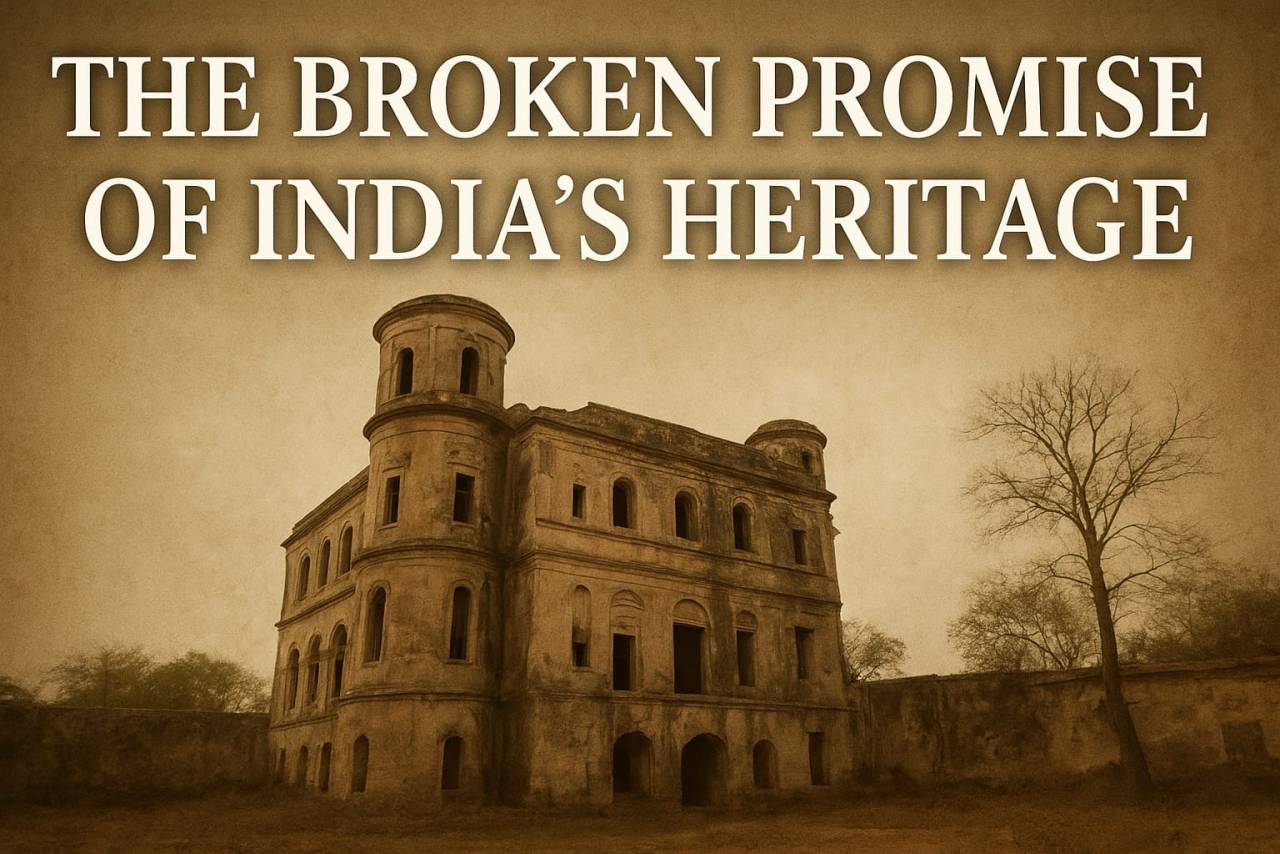
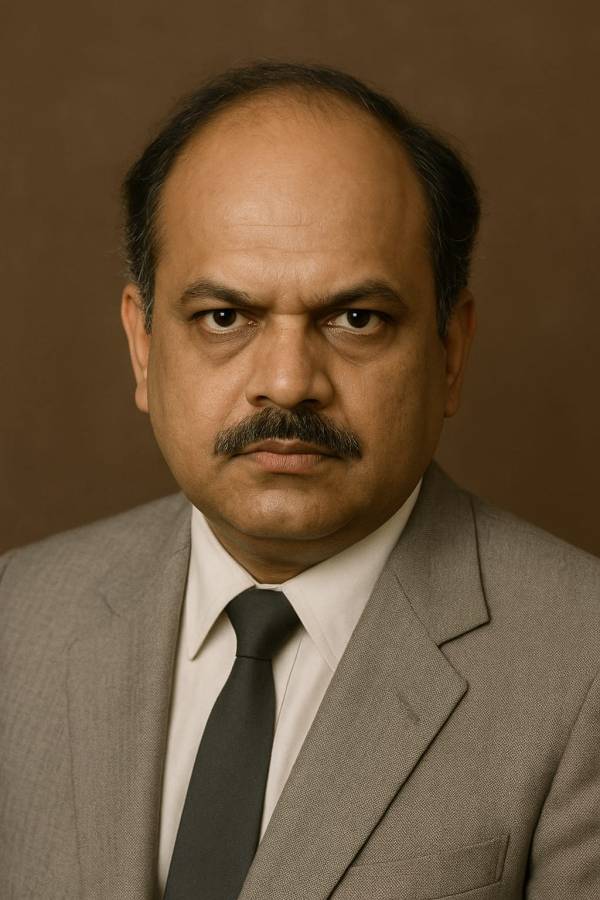
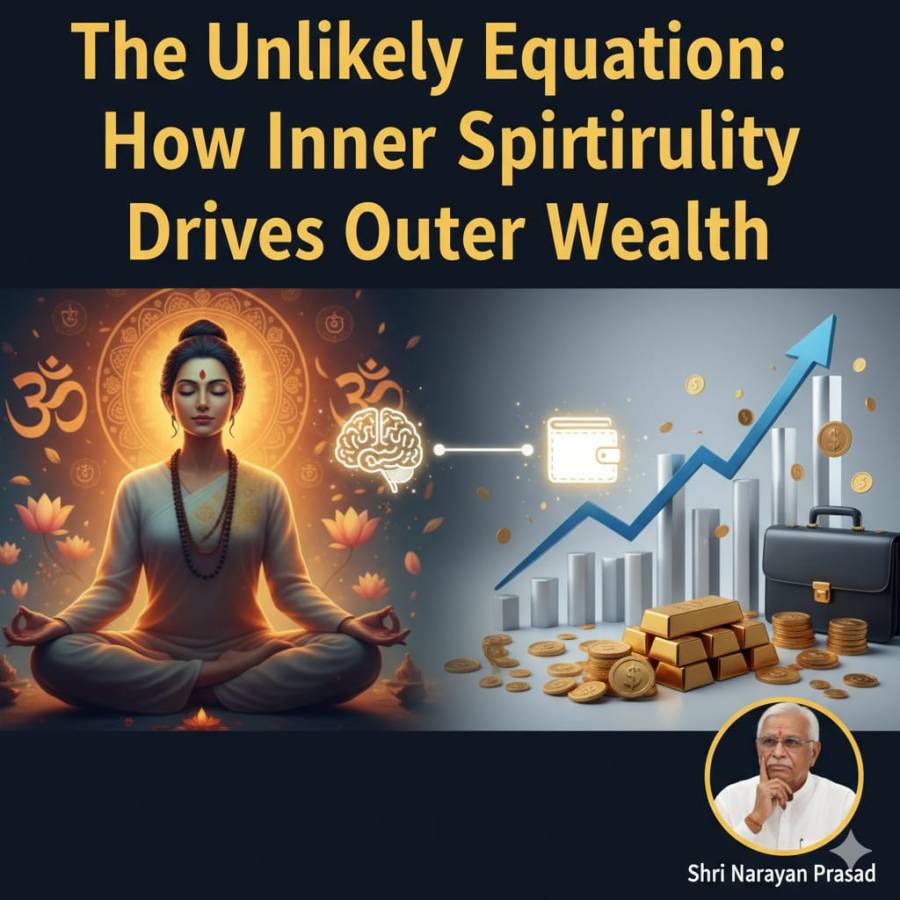
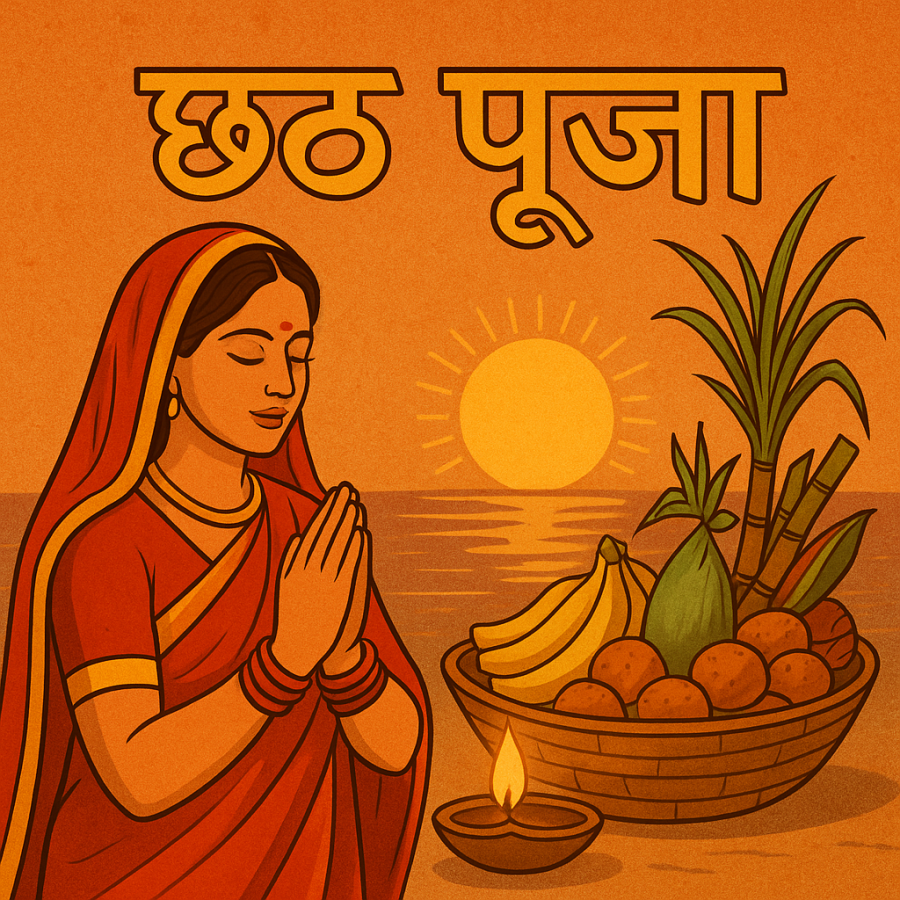



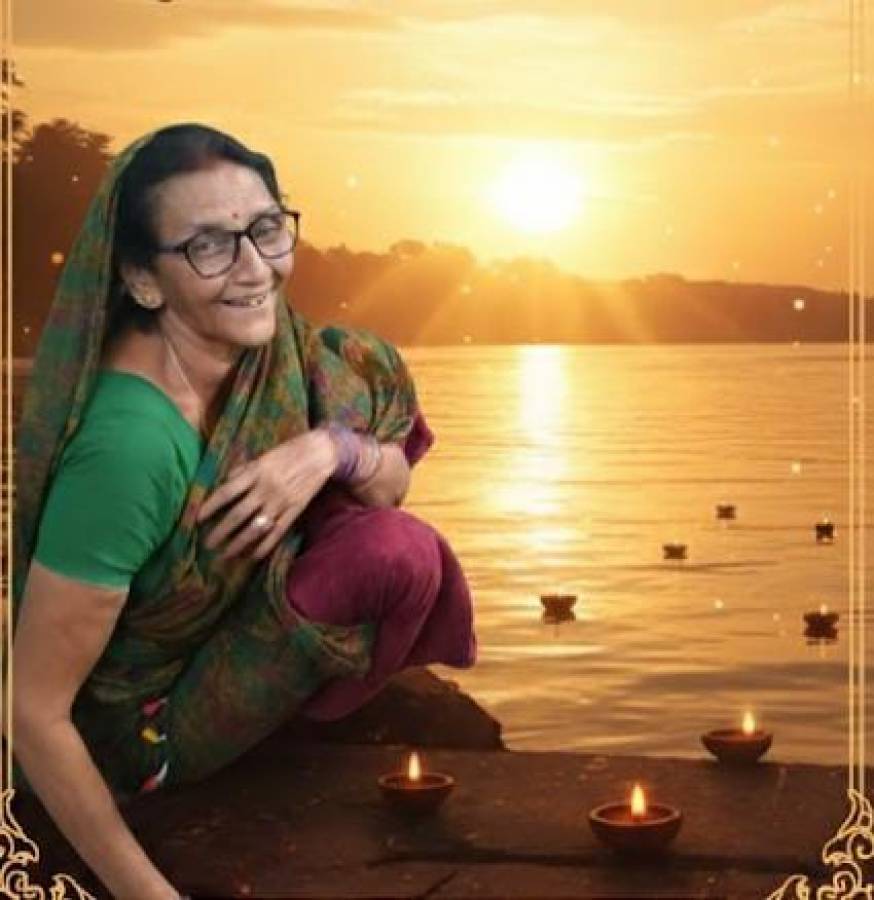




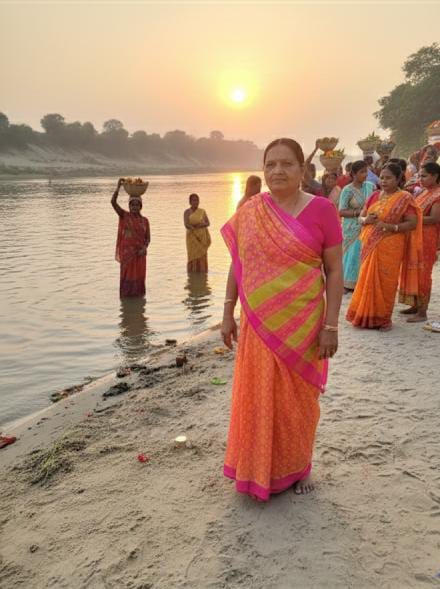



.jpeg)

